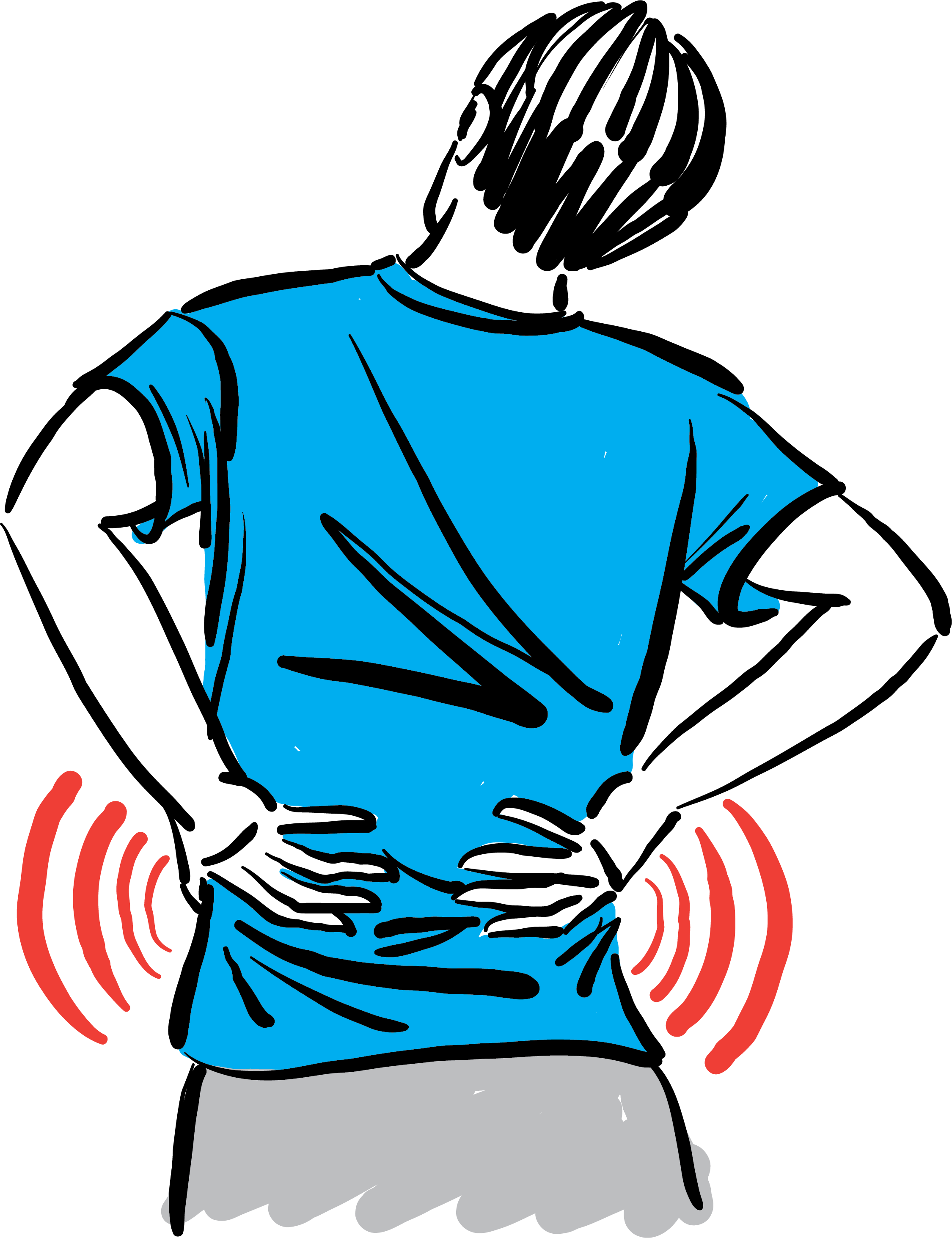MAIGNE SYNDROME
Dr. Amy M. O’Donnell offers evidence-based treatment for Maigne Syndrome
Lower back pain can present in many ways
There is one particular condition, Maigne Syndrome, which is responsible for approximately 45% of lower back pain cases, and is one of the most under diagnosed causes. This leaves patients and practitioners frustrated and confused. The source of back pain may be due to nerves in the thoracolumbar junction of the spine. Often overlooked, Maigne syndrome is confused with lumbosacral or sacroiliac joint dysfunction.
WHAT CAUSES MAIGNE SYNDROME?
Essentially, what occurs in Maigne syndrome is that movement is reduced in the transition area of the spine, where the first lumbar vertebra and last thoracic vertebra are connected. Lumbar vertebrae are not suited to rotation or twisting like the thoracic vertebrae are, making the site susceptible to problems. Spinal instability or joint degeneration may be contributing factors in the development of Maigne syndrome.
MAIGNE SYNDROME IS OFTEN MISDIAGNOSED
Because the nerves in the thoracolumbar junction feed the flank, hip and groin, Maigne syndrome typically presents itself with pain in the lower back or spine, which may radiate across the lumbar region and into the hip. When peripheral cluneal nerve entrapment occurs, persistent standing and/or walking may aggravate symptoms, which are often mistaken for lumbar stenosis or other conditions.
TREATMENT
While Maigne syndrome can be difficult to diagnose for healthcare professionals who are not familiar with it, there are interventions and exercises that can resolve the issue. The proposed treatment plan will depend on whether the problem is due to instability (hypermobility) or degeneration (hypomobility) in the area. Hypermobility strategies will focus on gaining stability, while hypomobility issues may require treatment that opens the intravertebral foramen.
Dr. O’Donnell employs several treatments to treat this malady. They include MLS Laser Therapy to relieve pain and inflammation, soft tissue mobilization in the area of the thoracolumbar musculature, (which is not where the actual pain presents), chiropractic manipulation and therapeutic exercise. This comprehensive approach is quite effective.
If you are experiencing lower back pain or have sought treatment elsewhere with no improvement, you may want to consider the possibility that you have Maigne Syndrome and you can be helped!

